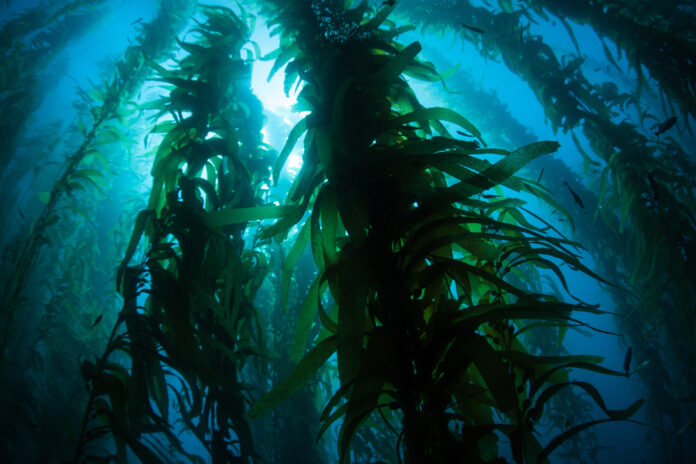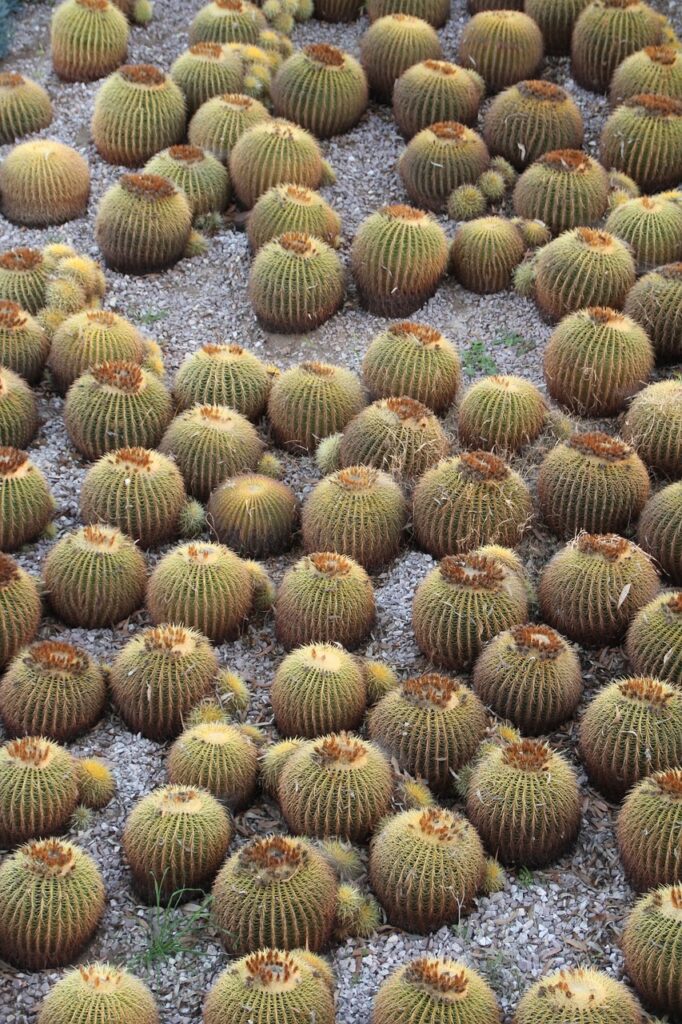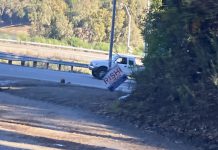
California Natural Resources Secretary Wade Crowfoot on June 21 shared California’s progress on the 30X30 plan, a goal to protect 30% of the state’s land and coastal waters by 2030.
California has preserved nearly 1,000 square miles of land and sea in the first year it implemented the benchmark goal in 2022, according to a recent report.
In recent years, California also took to the global stage to encourage the world’s nations to protect biodiversity. Since then, 190 countries have embraced the same metrics in an international conservation agreement.
Much of California’s 30×30 strategy bolsters partnerships between participating community groups, non-profit organizations, tribes, landowners, government agencies and others.
The hope is to restore biodiversity, expand access to nature and mitigate the effects of climate change, all while protecting an additional 6 million acres of land and 500,000 acres of coastal water in the next seven years.

30×30 strategists estimate that California has preserved 24.4% of lands and 16.3% of coastal waters as of May 2023.
Crowfoot said that California leaders are looking toward the preservation and restoration of California’s biodiversity as an important role in protecting communities from climate change. Preserving the state’s diverse wildlife and plant species is also an opportunity to make nature more accessible and rewrite historical wrongs against tribal communities, he said.
“Increasingly, there has been a reckoning around people, land and nature,” Crowfoot said.
He said that the state is working on grant programs to make it possible for tribal communities to reclaim their territory. The Tribal Nature-Based Solutions Program, which will likely launch later this year, will provide tribes with $100 million for land-back and stewardship projects.
California Natural Resources Agency Deputy Secretary for Biodiversity and Habitat, Dr. Jennifer Norris, said defining what exactly counts toward the 30% is “probably the most difficult part” of the plan. She said land and coastal water areas have to be “durably protected and managed” so functional ecosystems—both intact and restored—can be sustained.
‘We’re fighting hard to make sure that the immediate Hispanic community and everyone has access to green space’
—Juan Rosas, Hispanic Access Foundation
National parks and wildlife reserves may be the first examples that come to mind, but many open spaces, recreational lands and particular forest grazing lands can also count toward the definition.
“We have this 30% that’s sort of a special kind of conservation, but important work to protect biodiversity, to address climate change and to give access to nature happens on many other lands as well,” said Norris.
Juan Rosas of the Hispanic Access Foundation Conservation Program said it is important to advocate for conservation in communities that disproportionately have little access to a clean environment and open spaces, like the Latino community. He stressed the importance of making nature accessible in a culturally relevant way.
“We’re fighting hard to make sure that the immediate Hispanic community and everyone has access to green space, clean, safe, clean space, for their recreation for mental, physical and spiritual health,” Rosas said.
In the Bay Area, a group of 70 organizations, local tribes and public agencies are working together to boost resiliency of communities and their lands in a coalition called Together Bay Area. Executive Director Annie Burke said 30×30 gives her hope because “it’s a tailwind instead of a headwind.”
“That doesn’t mean that all the details and all the things are perfectly figured out and there’s not a dialed plan for all the things,” she said. “What it means is that we’re all using the same language and moving in the same direction and figuring it out together. And that gives me a lot of hope.”
Copyright © 2023 Bay City News, Inc.









